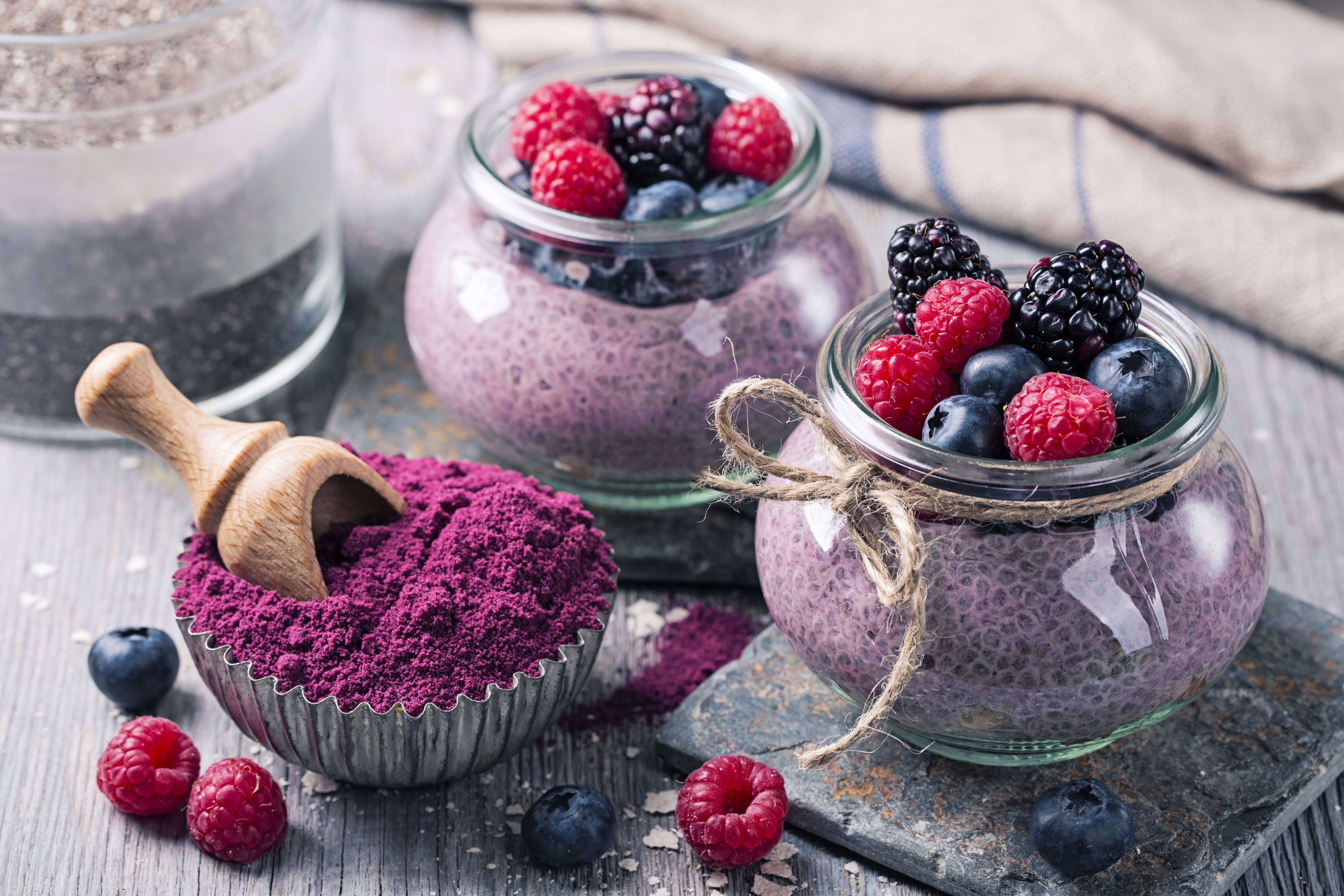
Technology group GEA has developed a new machine design and control and cleaning elements to help flavor manufacturers ensure the taste, consistency and repeatability of their products. The concept encompassed the complete process, from the handling of raw materials through to final packaging.
The goal is to create a flavor that mimics, as closely as possible, the real thing, GEA explains. But it’s not just the combination of raw materials that contributes to the taste result; the manufacturing process is equally crucial. An ingredient added too quickly into a mixing vessel, inconsistent temperature, insufficient mixing or incomplete homogenization can all have an effect further downstream that affects the outcome. Similarly, variations in oil droplet size, shearing or drying parameters can all have an effect that in some subtle way alters the product. The process becomes more complex when 300 to 400 different flavors are produced on the same machinery.
The new GEA integrated line controls all the individual unit operations precisely and, by doing so, controls the output. But repeatability is not just a question of adjusting a computerized control system. Achieving a consistent product also requires very precise engineering to allow the component parts of the line to work together in harmony. For example, feed systems must be calibrated specifically to match the capabilities of the mixer and the size of the mixer must be scaled precisely with the size of the dryer to ensure compatibility.
In order to comply with the hygiene regulations, every production plant must be cleaned effectively. Flavors and aromas can linger in equipment even after they have been cleaned to the most scrupulous hygiene standards and any residue of the previous flavor can easily taint the next product. To prevent this, GEA has eliminated sharp edges or dead zones in the machines, pipework and valve systems, where even the smallest quantity of product could become trapped. Materials have been chosen to provide smooth internal surfaces to which product cannot adhere. The size of cleaning fluid tanks has been calculated to ensure that they hold precisely the right volume of medium to clean the whole system efficiently in less than four hours. Even gasket materials have been chosen to ensure that they do not harbor traces of product. These elements combined are designed to ensure the efficiency of the CIP (Cleaning In Place) system, enabling fast product changeover, reduced downtime, minimal waste and low use of water and detergents.
CEA has also addressed another key factor in maintaining repeatability. When producing multiple products on the same line it is critical that products are processed in the correct sequence to help prevent any tainting from one to the next. Purer flavors such as melon or strawberry, that are instantly recognized by consumers and are often consumed on their own, take precedence. Stronger flavors such as orange, garlic, chilli, curry, etc., that are usually mixed with dishes, come later. The control system on the GEA line not only manages the recipe for each product, but sequences the production for maximum efficiency ensuring that after each operation the line is cleaned sufficiently. Deep cleaning can be performed at the end of the sequence before the program begins again. This also helps to minimise the use of chemicals and water and reduces plant downtime.






